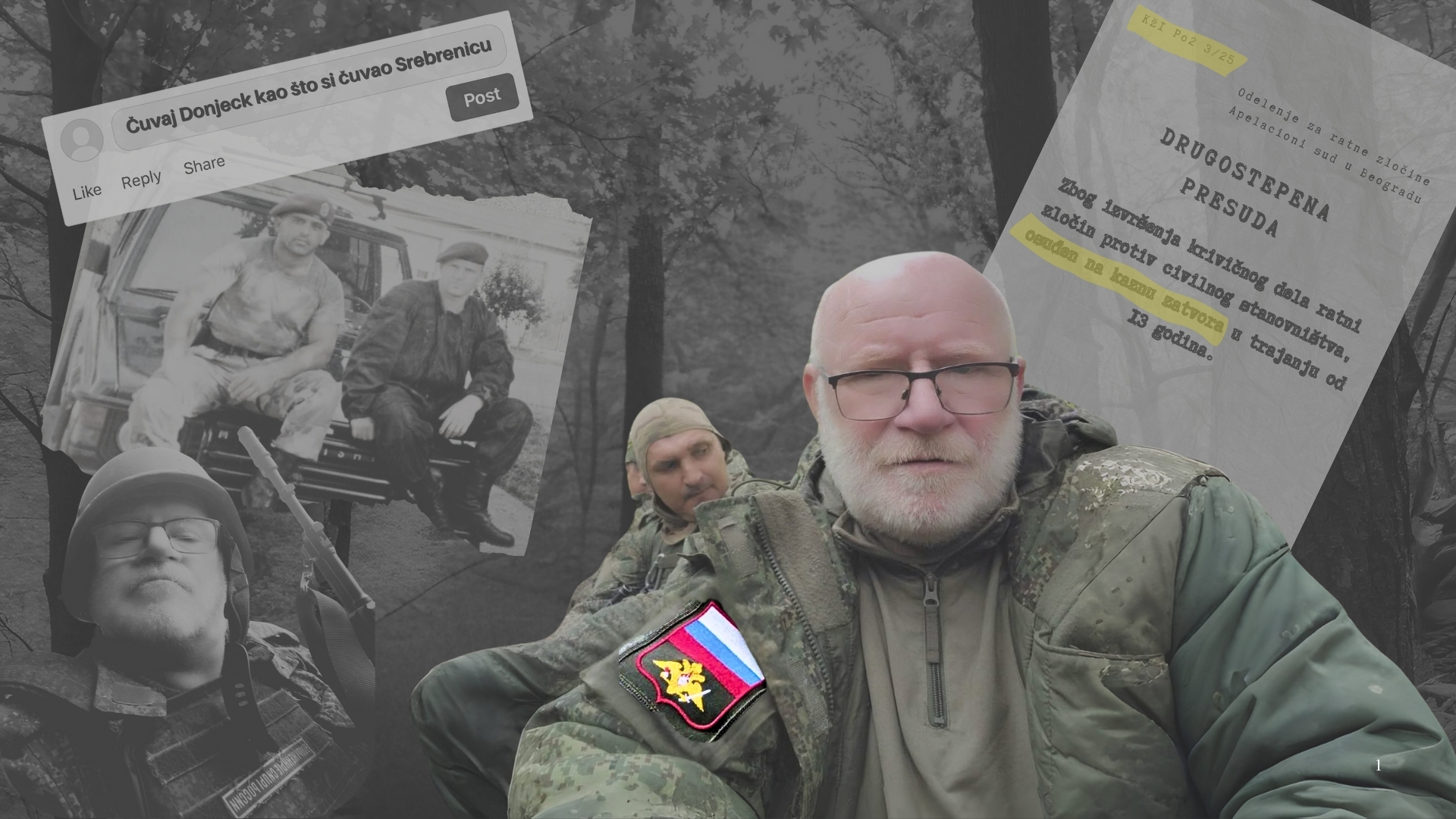This post is also available in: Bosnian
Predrag Trapara, the commander of one of the companies of the First Sarajevo Brigade of the Army of Republika Srpska, and Slobodan Tusevljak, who commanded a platoon in the same brigade, reiterated claims made by previous witnesses that they only defended their positions from the attack by Bosniak forces from Sarajevo.
According to the summary of their written statements, which Karadzic read out, Trapara and Tusevljak testified that they never got the order, nor they had the intention, of terrorising the population of Sarajevo, or cause civilian casualties.
Just like previous witnesses for the defence, Trapara and Tusevljak claimed that their units did not have trained snipers, and that they could not have been responsible for the deaths of civilians, which, according to the indictment, were targeted by the Army of Republika Srpska snipers.
Prosecutor Feargal Gaynor tried to contest the authenticity of witness Traparas statement in cross-examination pointing out that the witness was arrested in October 1991 while transporting huge amounts of weaponry and ammunition on a truck.
I did not know it was that much, I did not load the ammunition, replied the witness.
Karadzic, former president of the Republika Srpska and supreme commander of its army, is charged with genocide in Srebrenica, expulsion of Bosniaks and Croats, taking international peacekeepers hostage and terrorising Sarajevo citizens.
Trapara denied that his brigade had a considerable amount of sniper rifles until the prosecutor presented him with a whole list of rifles from a document of the Army of Republika Srpska.
Prosecutor Gaynor challenged Traparas statement that he always let humanitarian convoys through to Sarajevo with a series of orders issued by the Army of Republika Srpska to stop convoys.
The witness replied that he did not see those orders and that this was the jurisdiction of the Corps police that he could not influence.
In his statement, witness Tusevljak denied responsibility of his unit for two sniper attacks on civilians specified in the indictment, claiming that from its position you could not see the locations at which those civilians were shot.
The indictment specified that a single shot wounded 35-year old Nadja Taric and her eight-year old daughter Elma on September 3, 1993 in downtown Sarajevo. Seid Solak, who was 13 at the time, was wounded in the stomach on July 22, 1994, in the settlement of Cengic Vila.
After prosecutor Caroline Edgerton showed him the picture of these places, Tusevljak admitted that they could have been seen from the positions of other companies of the Bosnian Serb Army.
Karadzics trial will continue on Thursday.


